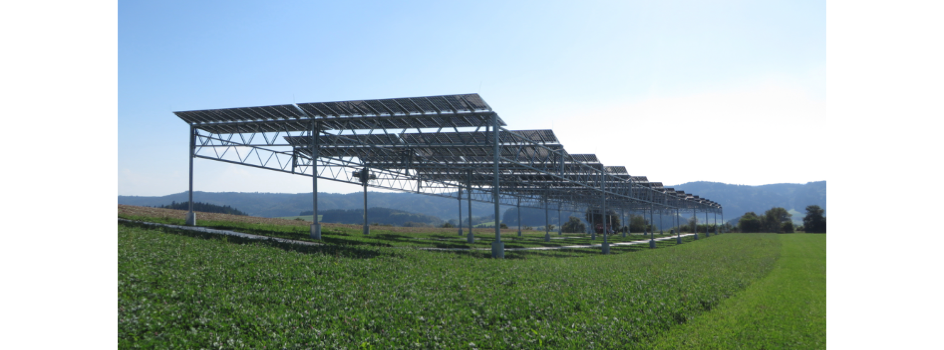Sensing growing scope and interest in agrivoltaics, meaning photovoltaic installations on agricultural land, the German research and development institute, Fraunhofer Institute for Solar Energy Systems (ISE) has launched a set of guidelines on applying agrivoltaics correctly.
These guidelines are specifically for Germany, a market that the analysts believe holds an estimated technical potential for 1,700 GW installed capacity in the space, based mainly on shade-tolerant crops as orchards, berries, grapevines, vegetables and other types of arable farming.
“Among all approaches of integrated PV, agrivoltaics harbors the greatest potential. Only around 4% of arable land is needed to cover Germany’s current total electricity demand (final energy) on the balance sheet (ca. 500 GWp installed capacity),” reads the document. “If only 10% of these 1,700 GWp were to be utilized, the current PV capacity in Germany would more than triple.”
Called Agrivoltaics: Opportunities for Agriculture and the Energy Transition—A Guideline for Germany, the 56-page document is aimed at providing farmers, municipalities and companies with practical advice, while also suggesting how to adapt existing legal framework to include this new technology.
The document claims total installed agrivoltaic capacity globally has grown to over 2.8 GW in 2020, from around 5 MW in 2012. Most of it is in China with about 1.9 GW capacity as of 2020. The Asian giant also has the largest agrivoltaic system having 700 MW PV capacity installed over berries grown at the edge of Gobi Desert helping ‘combat desertification’. Other nations that host considerable amount of this 2.8 GW are Japan, France, the USA and South Korea, thanks to government funding programs.
In South Korea, it shares, the government is planning to build 100,000 agrivoltaic systems on farms as a retirement provision for farmers.
“In addition, agrivoltaics offers advantages such as protection against hail, frost and drought damage, eliminating the need for protective foils and other materials. Also, a reduction in wind load and solar radiation underneath the PV modules can help to decrease water consumption in agriculture,” said Group Head of Agrivoltaics at Fraunhofer ISE, Max Trommsdorff.
Challenges and changes
Despite all these advantages, there are still barriers to its growth. For instance under Germany’s Renewable Energy Sources Act (EEG), most agrivoltaics systems do not receive cost-covering feed-in-tariffs (FIT) currently, and the agricultural use of land is excluded from European Union (EU) agricultural subsidies. At the same time, the country’s building code does not privilege land-neutral agrivoltaics, thereby inhibiting its widespread application.
Fraunhofer ISE suggests agrivoltaics can be better embedded in the regulatory framework, and at the same time it will be helpful to encourage early participation of local citizens as a critical success criterion.
The set of guidelines can be downloaded for free from Fraunhofer ISE’s website.
Recently, Italy’s Enel Green Power said it is exploring the potential of solar PV complementing local farming practices through demonstration plants in Spain, Italy and Greece (see Enel Green Power Sees Potential In Agrivoltaics).















